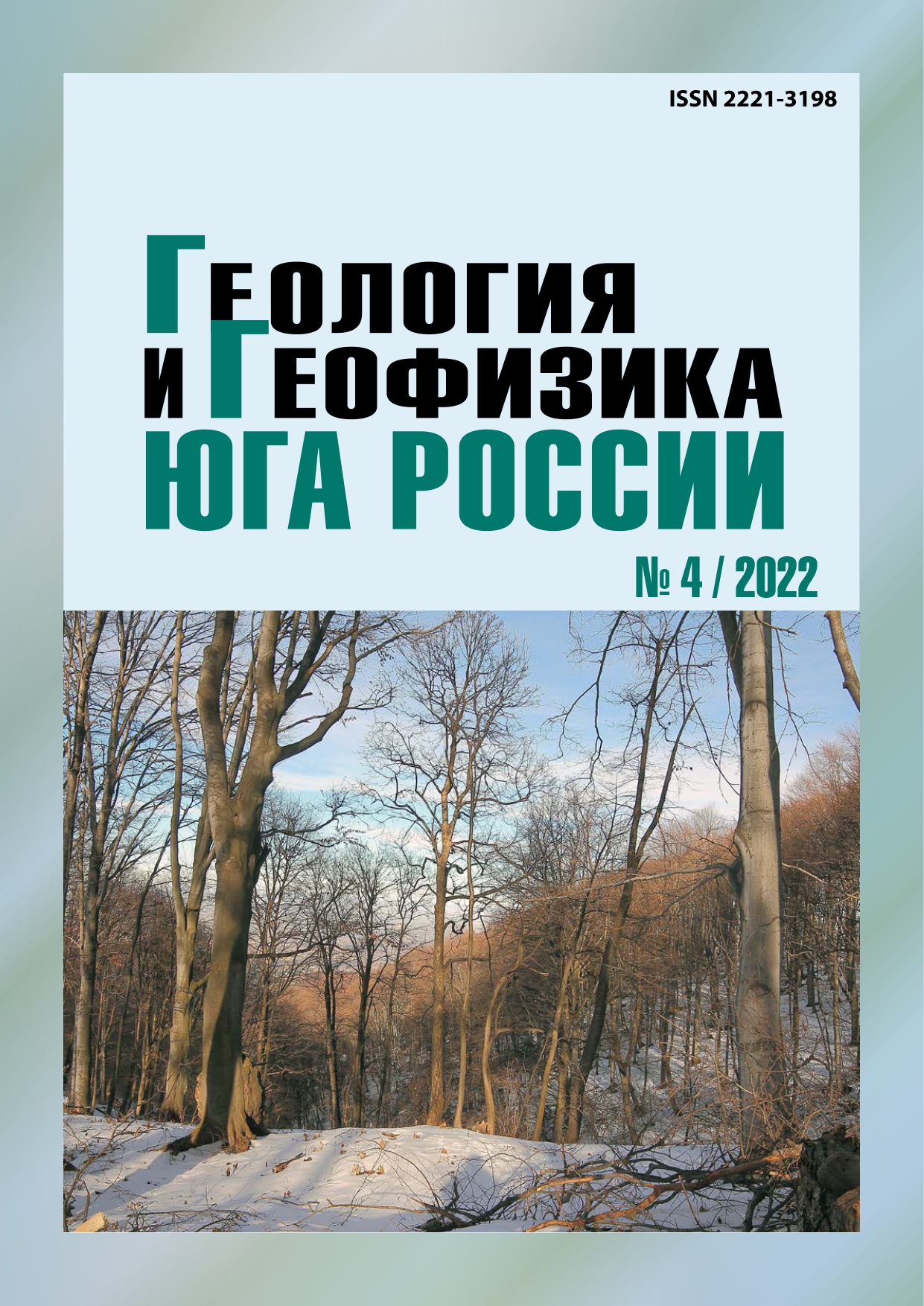Waterprotection zone state analysis of the Derbentcity district on the basis of GIS technologies
Keywords:
water protection zones, coastal protection strips, cadastral plans of a territory, GIS, Derbent
Abstract
Relevance. The modern development of coastal cities is associated with the realization of their natural-climatic and often historical-cultural potentials. The development of the North Caucasian Federal District involves the implementation of beach tourism on the coast of the Caspian Sea. The permitted use of water protection and coastal protection zones is regulated by Art. 65 of the Water Code of the Russian Federation. Despite the developed methodological guidelines for the implementation of water bodies state monitoring and orderliness of water protection zones use information on water protection zones and coastal protective strips is fragmented at present in different information systems and various formats. Modern geoinformation technologies, on the basis of which the synthesis of spatial information is possible (data from the Federal Service for State Registration, Cadastre and Cartography and Earth remote sensing data) allow creatinggeoinformation models of identified violations of coastal protective belts. The aim of the studyis to assess the water protection zone state of the city of Derbent. Research methods are based on the use of cadastral information and geoinformation technologies. Based on the analysis of 4525 land plots located on the territory of the water protection zone and the coastal protective strip of the city of Derbentusing QGIS, a number of violations were identified. The outcome of the study is cartographic materials for 34 cadastral quarters and final maps that allow assessing the state of the studied territories. Results. Thelargest number of violations in the water protection zone was found in the northern part of Derbent. There is also a maximumnumber of violations with the dominant type of permitted use “Gardening” in the coastal protective zone. The maximum diversity of violation types was notedin the central part of the city. The southern part of the city is characterized by the least number of violations. Within the boundaries of the water protection zone and the coastal protective strip of the Caspian Sea of the Derbent urban district 2005 objects of violations were identified, most of which are located in the water protection zone. Violations were identified on more than 40% of the analyzed land plots. The developed methodological techniques can be scalable for creating cartographic materials of identified violations of the conditions for the use of water protection zones and coastal protective strips, both for individual territories and subjects of the Russian Federation.
Published
2022-12-28
Section
Articles


